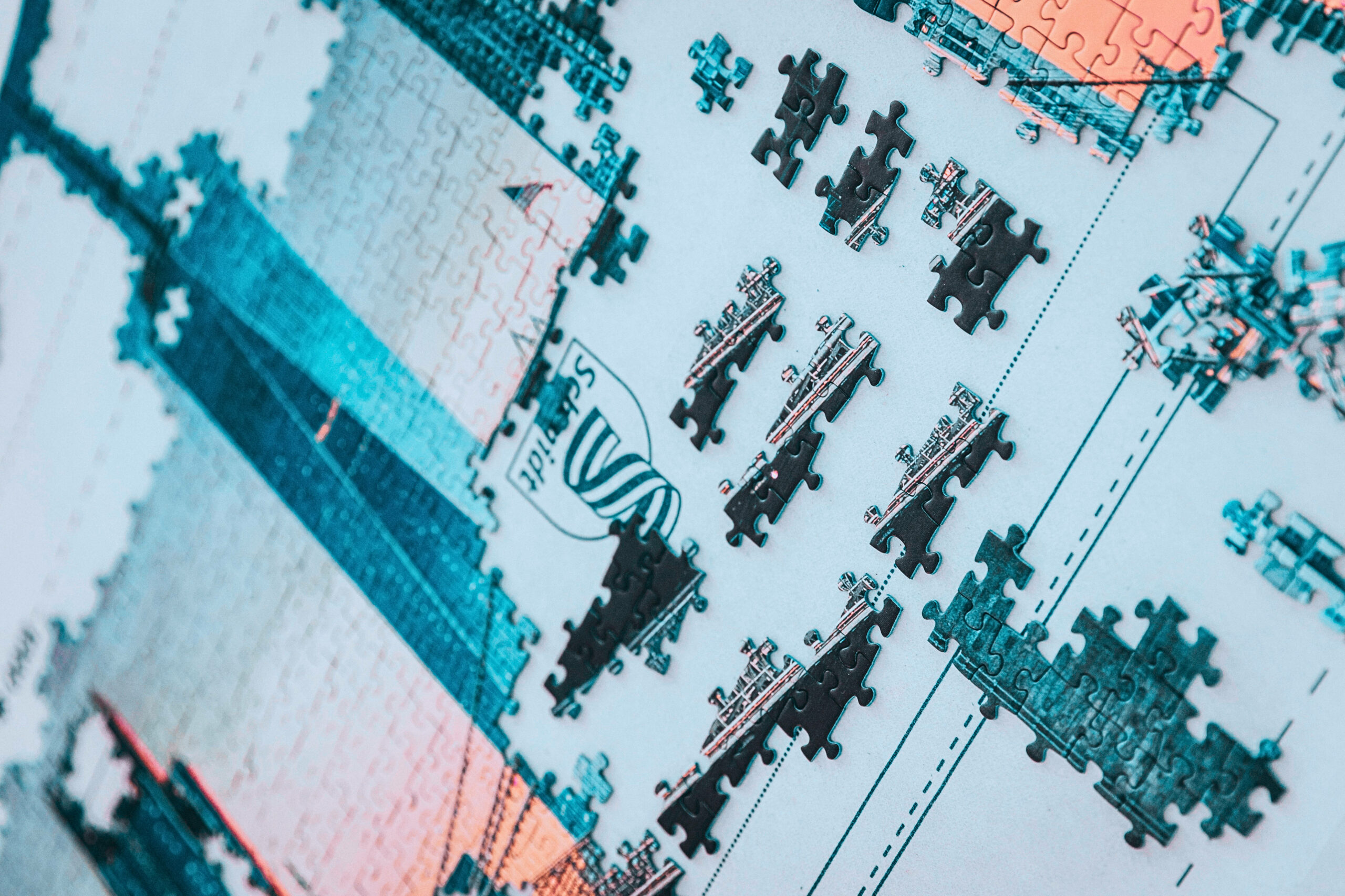The explosion of interest and publicity in Artificial Intelligence in recent months has come from the advent of Large Language Models, specifically OpenAI’s ChatGPT, which set the record for the fastest-growing user base in January.
Suddenly it seems like everyone is fascinated by the coming surge of AI with new applications, creating excitement and fear for the future.
When Google’s so-called “Godfather of AI” Dr Geoffrey Hinton warned about “quite scary” dangers, it made headlines around the world.
Behind the hype
So, it is important to understand what is behind the hype and see how it works and what your organization can use to build future value.
This blog is split into two: first we learn about Natural Language Processing, the branch of computer science concerned with giving machines the ability to understand text and spoken words in much the same way humans can.
And then we will go deeper on Large Language Models (LLMs), which is what ChatGPT and others like Google’s Bard are using.
NLP combines computational linguistics with statistical, machine learning, and deep learning models to enable computers to process human language in the form of text or voice data and to ‘understand’ its full meaning, complete with the speaker or writer’s intent and sentiment.
NLP drives computer programs that translate text from one language to another, respond to spoken commands, and summarize large volumes of text rapidly—even in real time.
There’s a good chance you’ve interacted with NLP in the form of voice-operated GPS systems, digital assistants, speech-to-text dictation software, customer service chatbots, and other consumer conveniences.
But NLP also plays a growing role in enterprise solutions that help streamline business operations, increase employee productivity, and simplify mission-critical business processes.
There are two sub-fields of NLP:
- Natural Language Understanding (NLU) uses syntactic and semantic analysis of text and speech to determine the meaning of a sentence, similarly to how humans do it naturally. Altilia uses Large Language Models for this.
- Natural Language Generation (NLG) enables computers to write a human language text response based on data input. ChatGPT uses LLMs for NLG.
Large Language Models (LLMs)
LLMs are a relatively new approach where massive amounts of text are fed into the AI algorithm using unsupervised learning to create a “foundation” model, which can use transfer learning to continually learn new tasks.
The key is using huge volumes of data. The training data for ChatGPT comes from a diverse set of text sources, including billions of web pages from the internet, a huge number of books from different genres, articles from news websites, magazines and academic journals and social media platforms such as Twitter, Reddit and Facebook to learn about informal language and the nuances of social interactions.
The model is then able to predict the next word in a sentence and generate coherent text in a wide range of language tasks.
Altilia does exactly the same, but uses this capability to provide enterprise tools for specific business use cases.
Technology breakthrough
Overall, NLP is the core technology to understand the content of documents. LLMs are a breakthrough in the field as they allow a shift from where an NLP model had to be trained in silos for a specific task to one where LLMs can leverage accumulated knowledge with transfer learning.
In practice, this means we can apply a pre-trained LLM and fine-tune it with a relatively small dataset to allow the model to learn new customer-specific or use-case specific tasks.
We are then able to scale up more effectively, it can be applied more easily for different use cases, leading to a higher ROI.
For more information on how Altilia Intelligent Automation can support your organization to see radical improvements in accuracy and efficiency, schedule a demo here.




